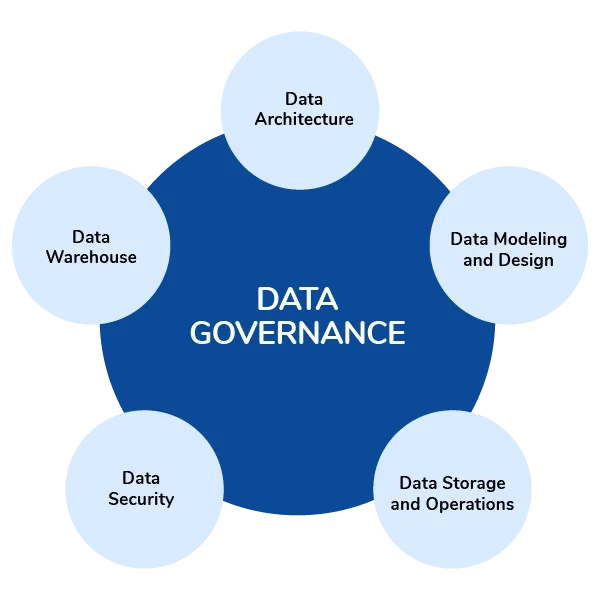Establishing a Reliable Master Data Governance Model for Enterprise Growth
In today’s data-driven economy, organizations must move beyond basic data management practices to build robust systems that ensure accuracy, consistency, and compliance. One of the most strategic ways to achieve this is by implementing a comprehensive Master Data Governance Model. This model not only defines how data is created and maintained but also determines who is responsible for it and under what guidelines.
A Master Data Governance Model starts with identifying the most critical domains—customers, products, suppliers, locations—and ensuring that these core entities are uniformly managed across departments. The model integrates policies for data quality, establishes stewardship roles, and aligns governance goals with overall business objectives. It introduces accountability by assigning clear ownership and responsibility for each type of master data.
This governance structure is not just about compliance; it’s about empowering organizations with the confidence to make accurate decisions. With trusted data flowing across systems and processes, teams can focus on insights rather than fixes. It reduces the risk of duplication, regulatory non-compliance, and inefficient reporting.
Organizations adopting a well-defined Master Data Governance Model often experience improved collaboration, faster access to insights, and stronger data security. As data complexity grows, businesses that prioritize governance will not only manage their data better—they will lead their markets with precision and agility.




Comments
Post a Comment